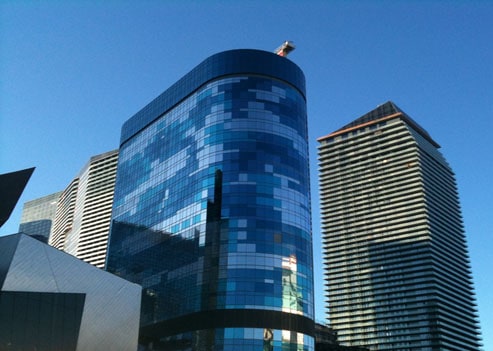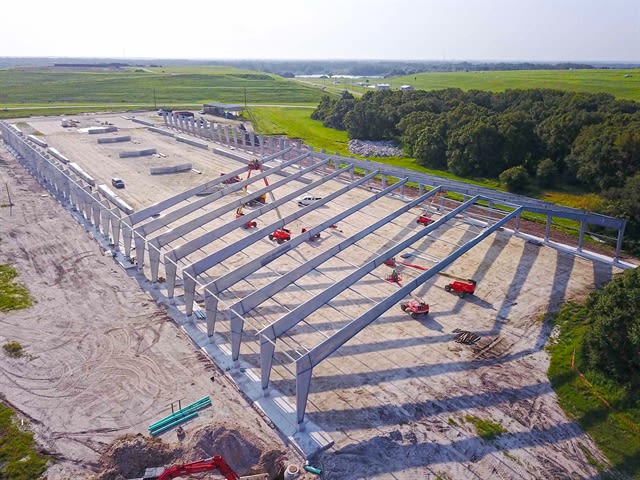Meysamsh
Materials
- Jun 2, 2020
- 18
Hello everyone.
I have little problem.
We have a potable storage tank that hase been made by stainless steel 304.
But the concentration of chloride is about 130 ppm. Corrosion is start in near the welding.
That was design problem, and we cannot change the material.
What is the solution? Can we paint the inside the tank? Or can we use the cladding?
Thank a lot..
I have little problem.
We have a potable storage tank that hase been made by stainless steel 304.
But the concentration of chloride is about 130 ppm. Corrosion is start in near the welding.
That was design problem, and we cannot change the material.
What is the solution? Can we paint the inside the tank? Or can we use the cladding?
Thank a lot..




